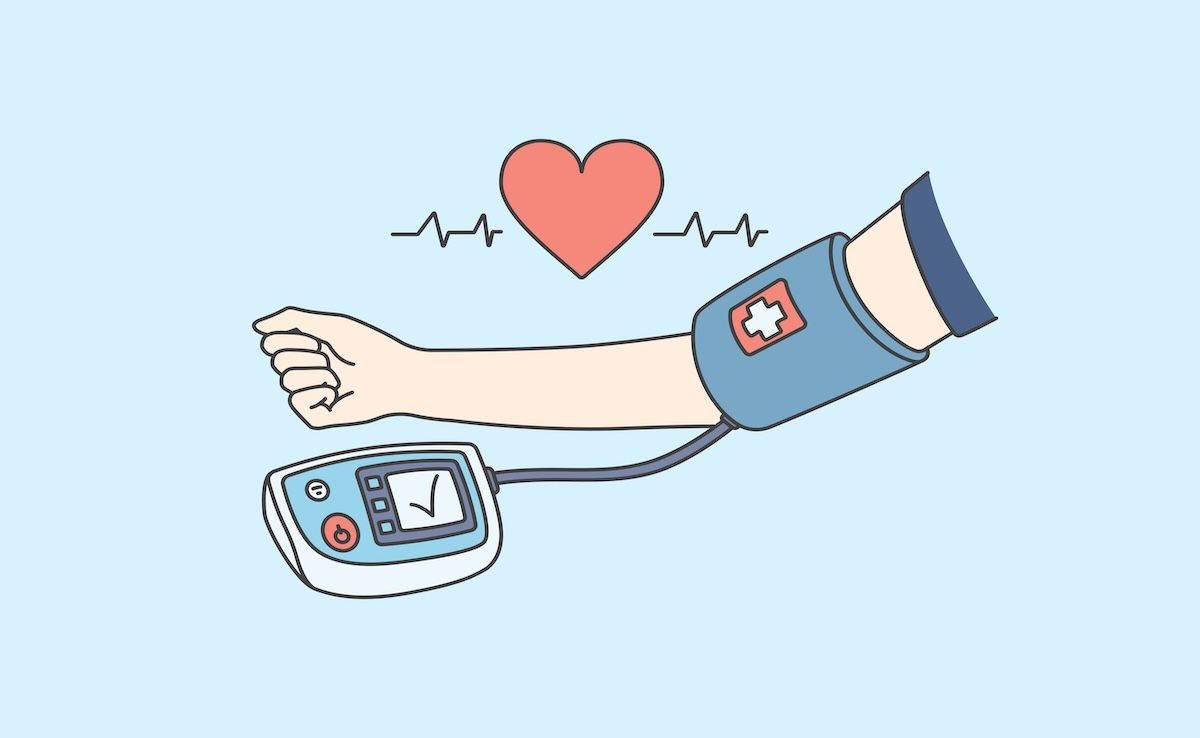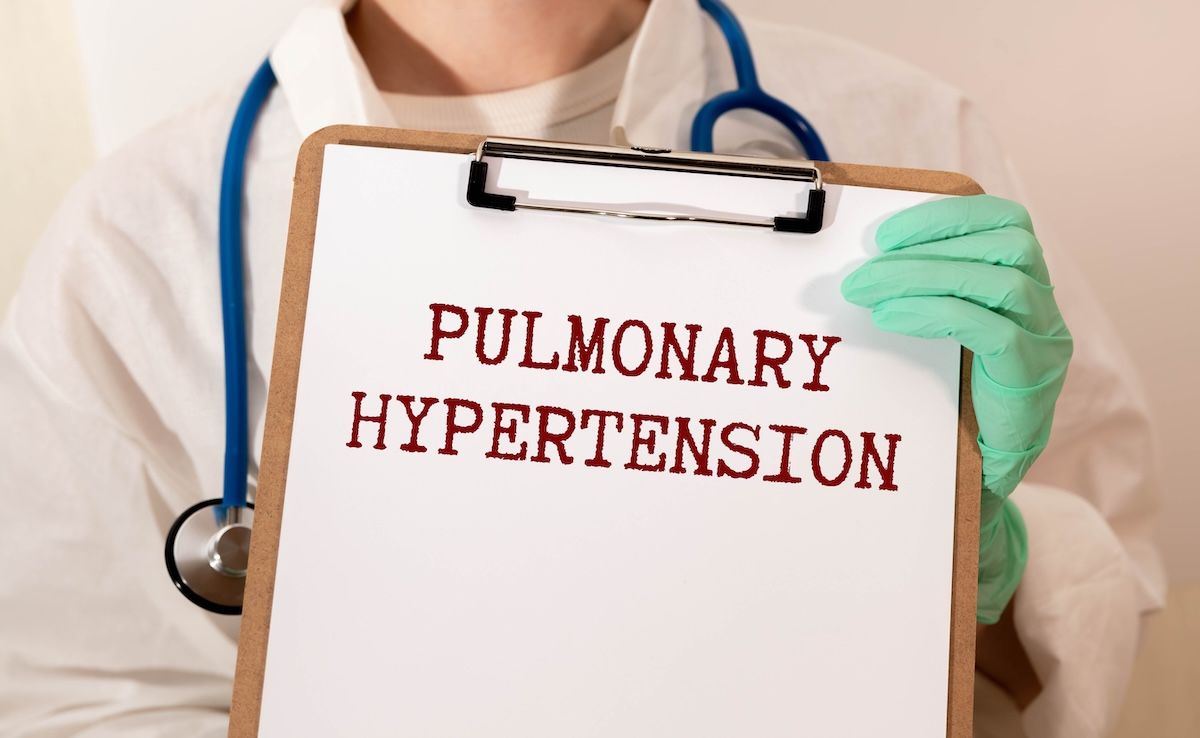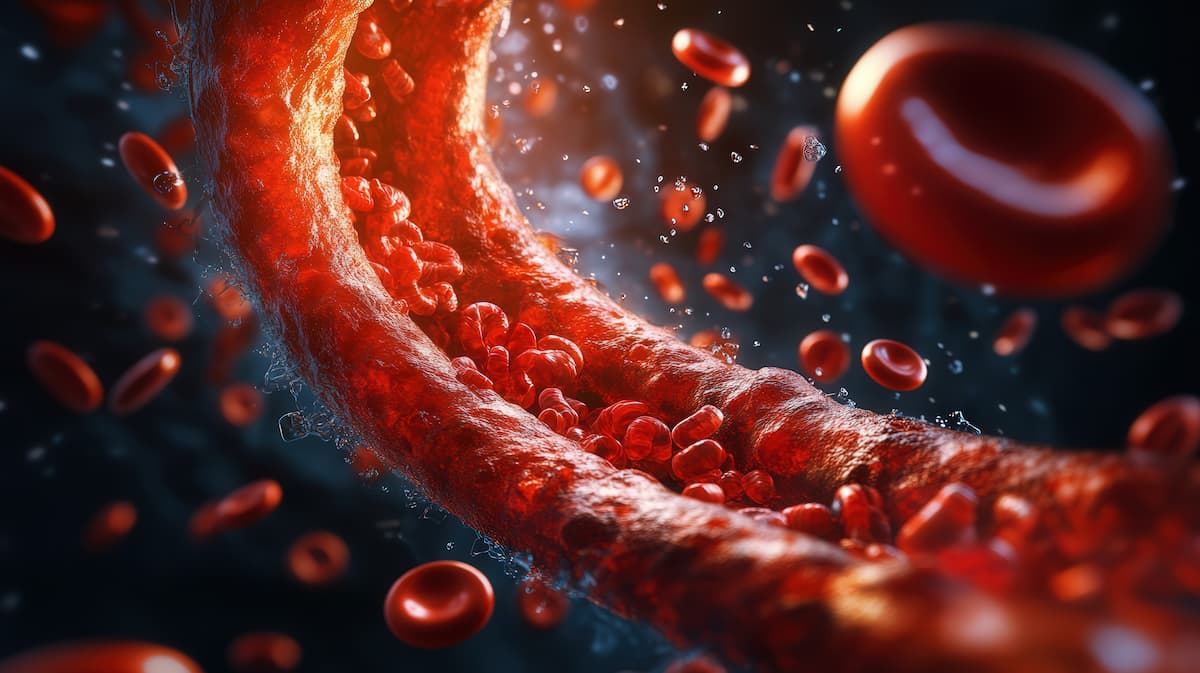Article
Analysis Points to Potential Biomarker for Pediatric PAH
Author(s):
The circulating RNA hsa_circ_0003416 appears to be downregulated in patients with pulmonary arterial hypertension (PAH), according to new research.
A new report suggests the expression of a particular circular RNA could be a potent biomarker for pediatric pulmonary arterial hypertension associated with congenital heart disease (PAH-CHD).
Writing in Journal of Clinical Laboratory Analysis, corresponding author Yusheng Pang, MD, PhD, First Affiliated Hospital of Guangxi Medical University, in China, and colleagues explained that children with diagnosed PAH-CHD have a very poor prognosis.
“Thus, methods to aid the early diagnosis and effective treatment of PAH-CHD are urgently required,” they wrote.
Unfortunately, it can be burdensome and expensive to diagnose the disease. Cardiac catheterization is considered the most accurate diagnostic technique, but it can also increase the risk of complications, such as puncture injuries or pulmonary embolism, the investigators noted. Echocardiography can also diagnose the condition in patients, but it is expensive and its accuracy can be influenced by factors such as human error.
“Currently, a specific, inexpensive, and noninvasive method for screening PAH-CHD is lacking,” the investigators wrote. “Therefore, identification of effective noninvasive biomarkers for clinical practice is imperative.”
In hopes of finding such a biomarker, Pang and colleagues turned to circular RNAs, which previous research suggests are involved in the development of PAH. The investigators decided to focus on one particular circular RNA, hsa_circ_0003416, to see if levels of its expression in the plasma of children with PAH-CHD might be a useful diagnostic biomarker.
The authors recruited 100 children younger than age 14, half of whom had CHD and half of whom had PAH. Twenty healthy controls were also recruited. The investigators used quantitative reverse transcription–polymerase chain reaction to determine hsa_circ_0003416 expression levels and then compared those findings with clinical data.
The authors found patients with PAH caused by CHD had lower levels of hsa_circ_0003416 compared with patients in either the CHD group or the healthy controls group (P = .009 vs healthy control group; P = .026 vs CHD group). They also found a negative association between B-type natriuretic peptide and hsa_circ_0003416. The area under the curve of plasma hsa_circ_0003416 further suggested that it would be a promising candidate biomarker for PAH-CHD.
“This study determined, for the first time, the expression levels of hsa_circ_0003416 in plasma of PAH-CHD patients, CHD patients, and healthy subjects in a pediatric population,” the authors wrote.
Additionally they noted that circulating RNA can “act as micro RNA sponges or competing endogenous RNA (ceRNA) and can regulate the downstream expression of genes.” They said in this case, it appears that a ceRNA mechanism is at play in the pathogenesis of PAH.
“However, [the] mechanism underlying the aberrant expression of hsa_circ_0003416 in PAH has not yet been elucidated; therefore, further research would be required for its validation,” they wrote.
The investigators cautioned that identifying biomarkers is a “long and difficult process, from its discovery to validation and clinical application.” They said more validation work would be needed to determine whether the biomarker could be reliably used in a clinic setting.
Some limitations to generalizing their findings to a wider audience include the relatively small sample size and a lack of understanding of exactly how or why hsa_circ_0003416 affects the pathogenesis of the disease.
The authors also said it would be useful to assess hsa_circ_0003416 before and after surgery to see how it correlated with clinical data.
Reference
Huang Y, Su D, Ye B, et al. Expression and clinical significance of circular RNA hsa_circ_0003416 in pediatric pulmonary arterial hypertension associated with congenital heart disease. J Clin Lab Anal. Published online February 15, 2022. doi:10.1002/jcla.24273





